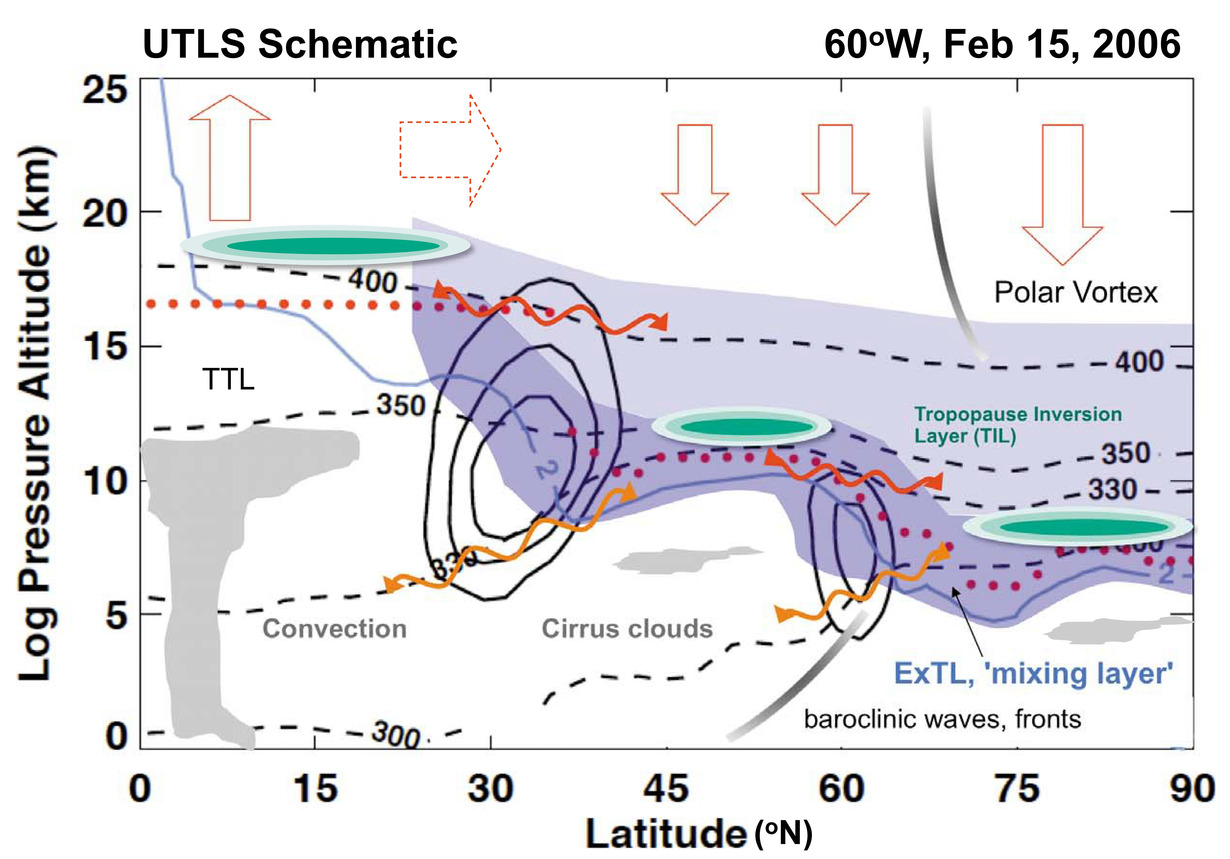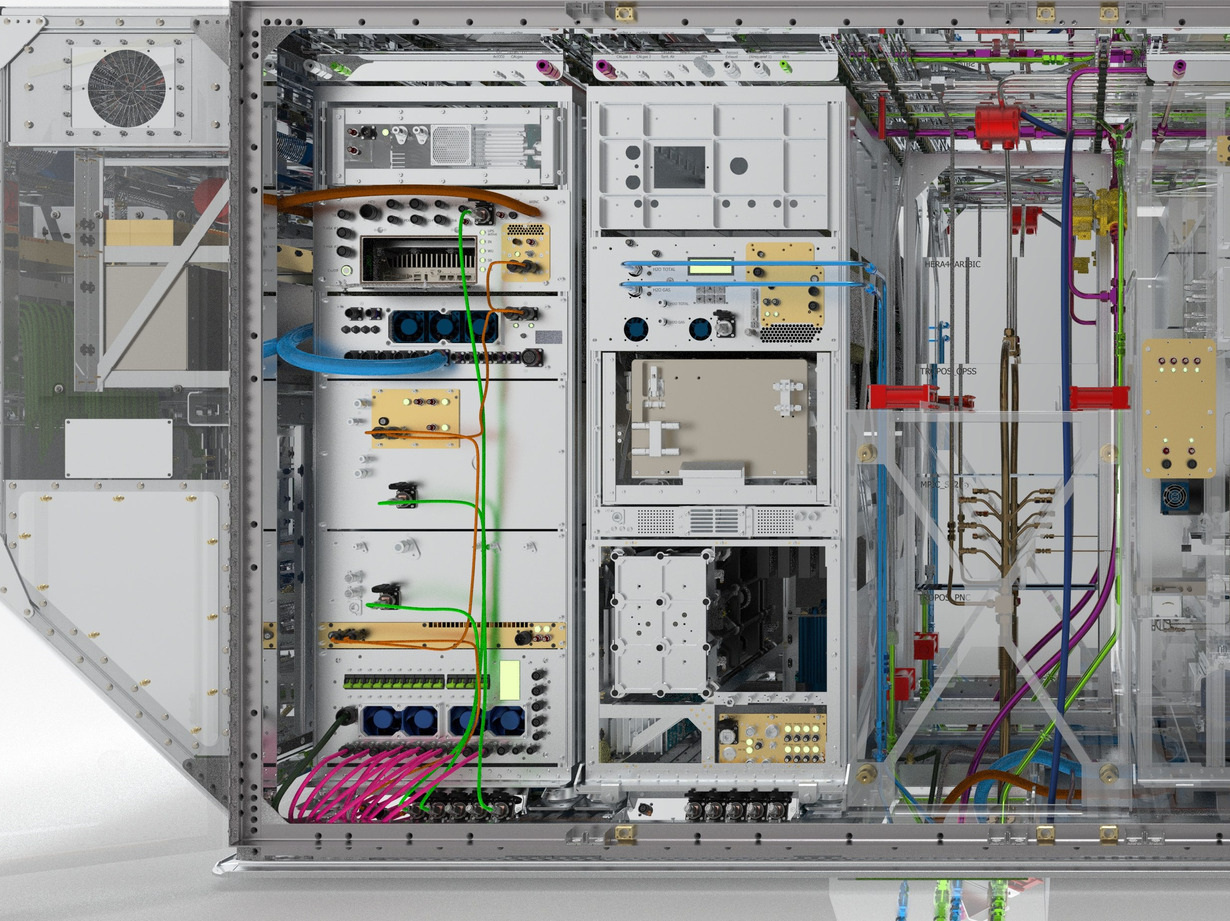In-situ measurements onboard aircraft
Our major technical and scientific objectives are:
- The development of high-accuracy in-situ instruments for a multitude of trace species and their operation on board research and passenger aircraft
- The provision of quality-assured trace gas data from the ground up to ~14 km for numerous applications, e.g. the validation of atmospheric models
- A better understanding and quantification of climate-relevant atmospheric processes, in particular the interplay between dynamics and chemistry and their long-term change
- A close cooperation within the four IMK institutes, in particular the RDM group, the MOD group and within KIAOS (Karlsruhe Integrated Atmospheric Observation System)
Main project is IAGOS-CARIBIC, a European research infrastructure that is coordinated and operated by us since 2015.
T. Gehrlein, KIT

RESEARCH

INSTRUMENT DEVELOPMENT

CARIBIC-3
